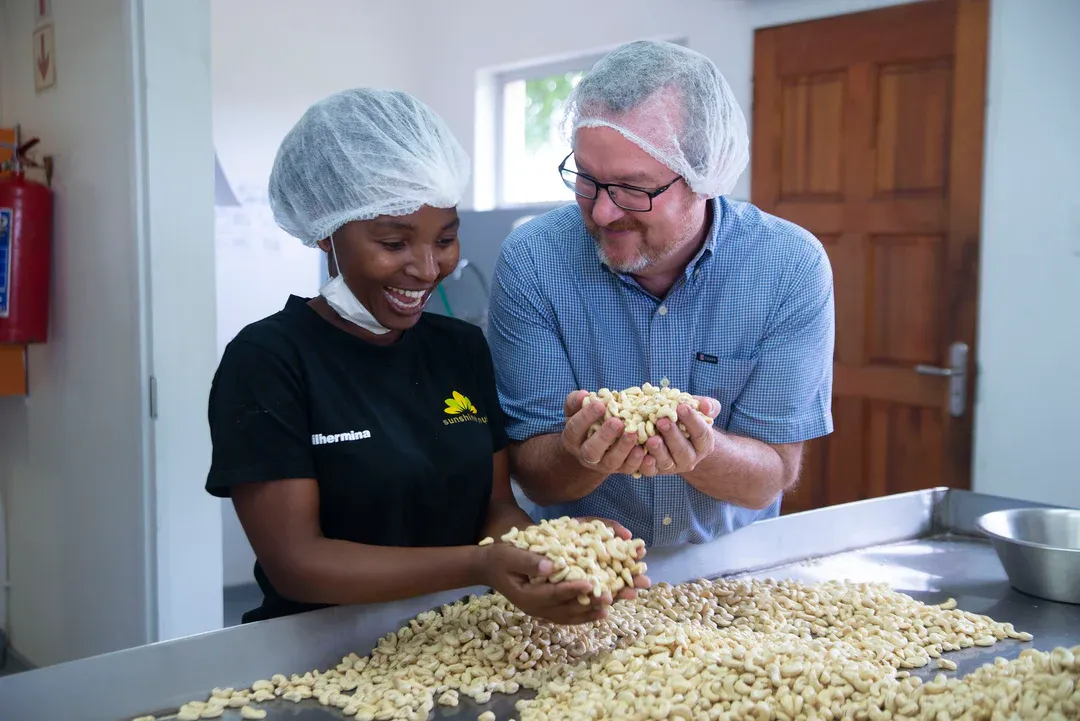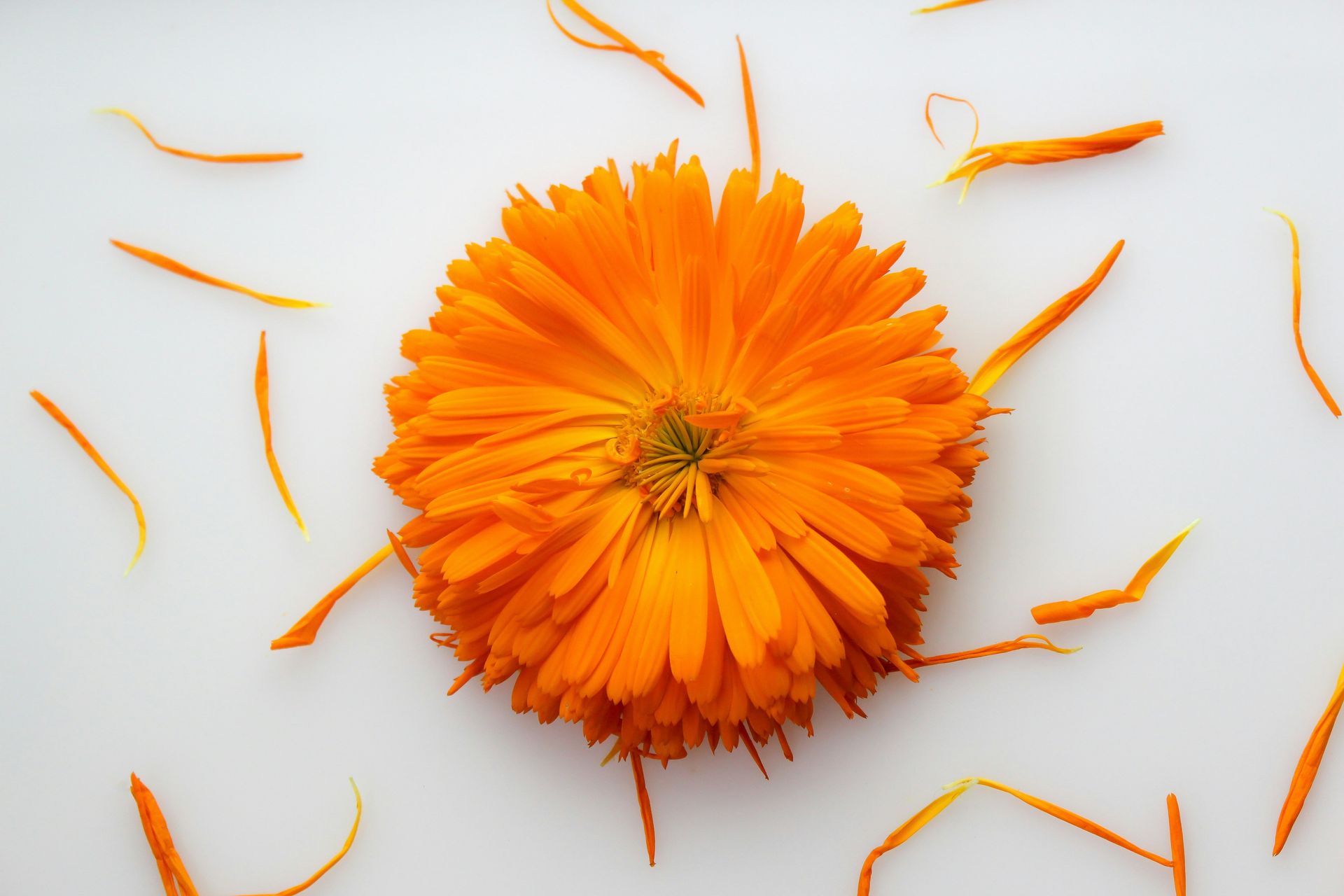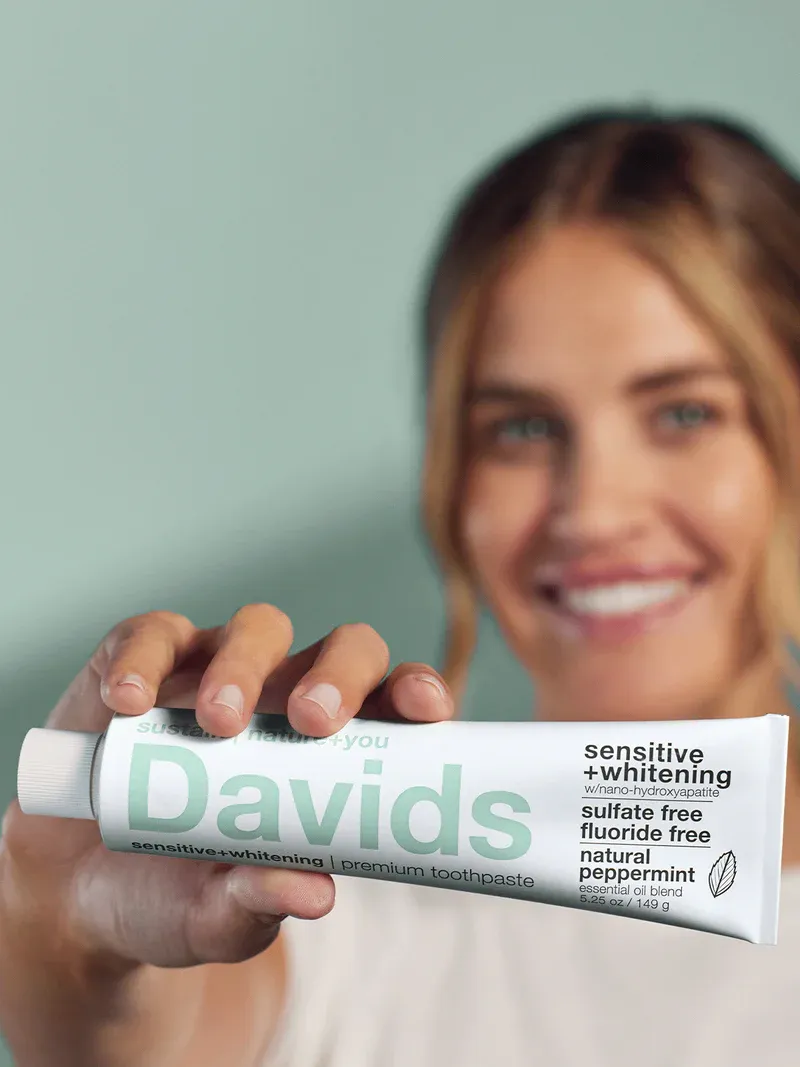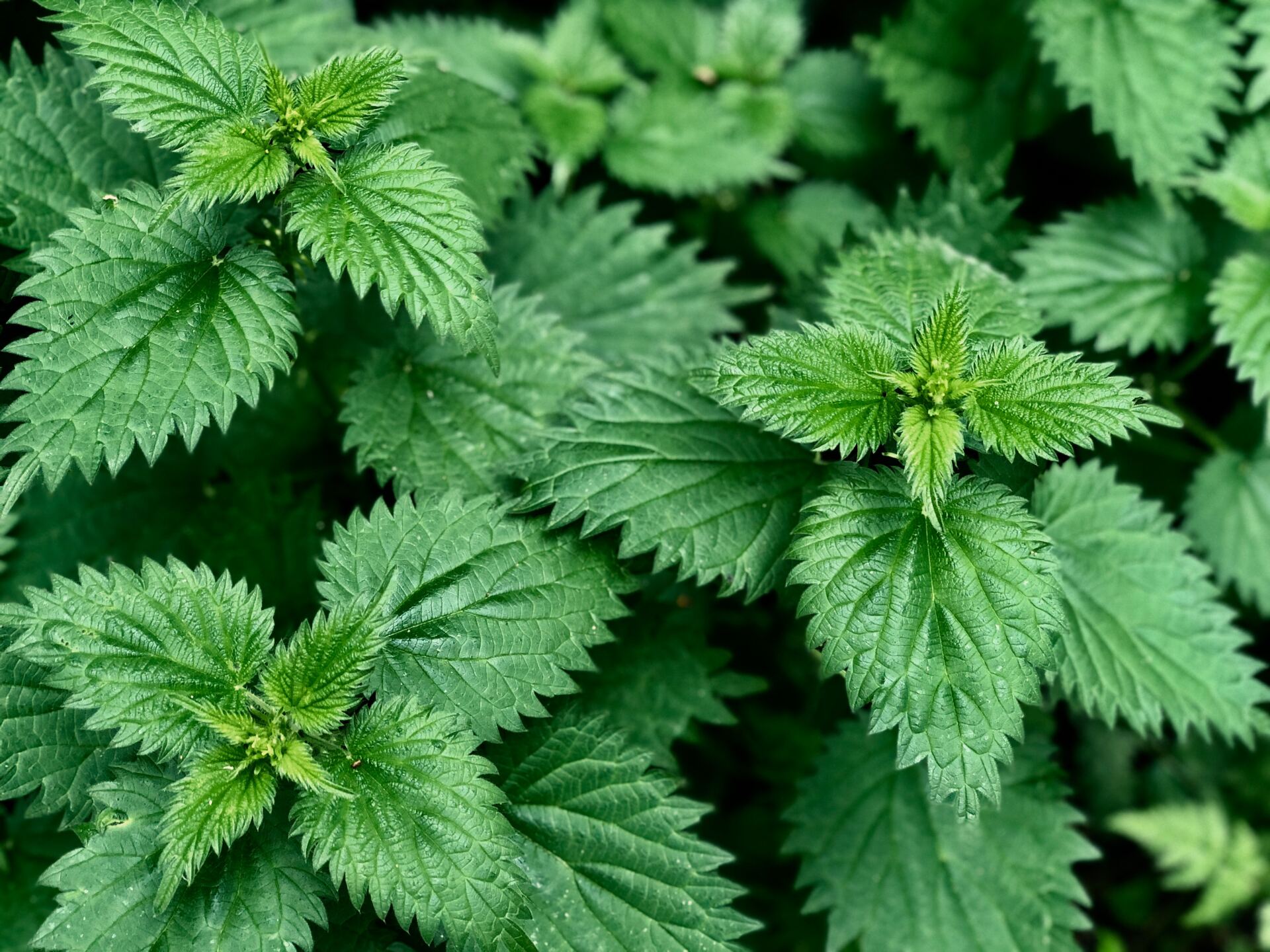








WHERE DOES RUBBER COME FROM?
Latex is mainly harvested in Southeast Asia with Thailand being the biggest producing country. Malaysia and Indonesia also cultivate rubber on a large scale. What do these countries have in common? They’re all situated around the Equator. And these regions are the biodiversity hot spots of our planet, meaning they have the highest density of plant and animal species in the world. The perennial warm, humid climate is favorable for all kinds of flora and fauna, including rubber trees.
DEFORESTATION
In the past 30 years, one-sixth of the jungles in Southeast Asia have been deforested. This is more than the landmass of Germany. Why have they been cut and cleared? 80% of deforestation worldwide is to make room for agriculture. Forests have to give way to fields and plantations. So what? Can’t we just live with fewer forests around? No! Forests provide habitats to many species of plants, animals, and microorganisms. Many of them are doing important jobs for our own survival. For instance, nearly 75% of our food crops depend on insect pollination. This accelerating loss of biodiversity is one of the leading environmental and social issues of the 21st century.
IMPORTANT BENEFITS OF AGROFORESTRY RUBBER:
1. ENHANCING BIODIVERSITY + REDUCING ATMOSPHERIC CO2
Enhancing biodiversity is taken into account in those agroforestry systems, without reducing latex yields. It is also scientifically proven that biodiversity lowers the CO2 in the atmosphere: Plants are capturing CO2 through photosynthesis so it can be stored in the soil.
2. NO NEED FOR ARTIFICIAL FERTILIZERS
Rubber forest gardens are a partly self-regulating ecosystem, which don´t need artificial fertilizers, and thus have lower input costs. This is a system with natural decomposition. The leaves that have fallen from the various trees cover the soil, keep it from eroding, and hold in moisture. As they slowly decompose with the help of fungi, insects, worms, and microorganisms, nutrients are released back into the soil.
3. STABLE MICROCLIMATE
There’s a more stable microclimate within a rubber agroforest. The agroforest mimicks a natural forest to some extent, so you find a shady cool place here. Planted ground and shady trees protect the soil from the direct input of sunlight and forests provide a moister climate. This way plants can survive dry seasons easier than trees grown in monocultures. Different roots stabilize the soil. In the case of heavy rain and floods they hold nutrients better and prevent landslides.
4. ECONOMICALLY SOUND IN THE LONG RUN
Agroforestry is more labor intensive, which costs money. A lot of planning goes into the forests in order to create the perfect conditions for each rubber tree and the other vegetation around. Plus, the various plants have to be cared for individually, which requires more people, time, and expertise. But the result is a healthier, partly self-regulating ecosystem that cuts costs and variable risks in the long run. When you purchase XO! products, you support fair trade and agroforestry.
XO! ‘Righteous Rubber’ condoms are proudly made from plant-based Fair Agroforestry Latex from rubber trees, fairly and sustainably sourced from agroforesters. They are certified carbon neutral by ClimatePartner and are certified vegan & cruelty-free by PETA. They are 100% free of parabens, nitrosamines or glycerin. Triple tested electronically for safety and CO2-neutrally produced in a solarpowered factory. 5% of profits go to Orchid Project, an organization working to end female genital mutilation.









Please give us a call for today’s deli hours as they can vary due to staffing.
Grab and go options are always available until close.
FEDERAL WAY
Monday-Saturday: 8 am - 8 pm
Sunday: 9 am - 7 pm
Please call for current deli counter service hours. Grab and go options available until closing.
2565 S. Gateway Center Place
Federal Way, WA 98003
TACOMA
Monday-Saturday: 8 am - 8 pm
Sunday: 9 am - 7 pm
Please call for current deli counter service hours. Grab and go options available until closing.
2951 S. 38th Street
Tacoma, WA 98409